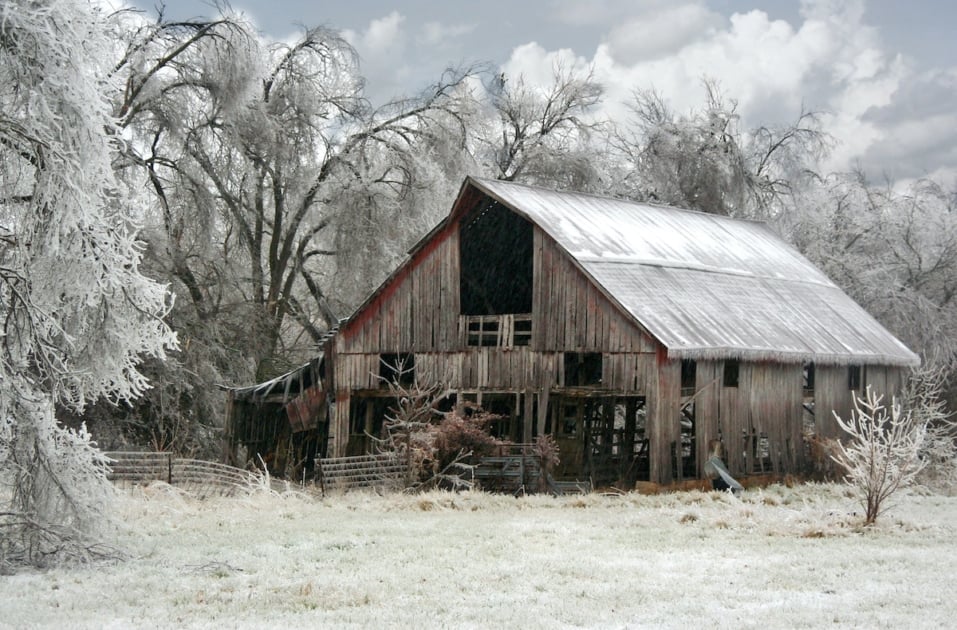The year 1816 is remembered as the “Year Without Summer”, also known as the “Poverty Year” and “Eighteen Hundred and Froze to Death.” A cataclysmic volcanic eruption triggered a global climate disaster, plunging much of the world into cold and chaos. This rare event offers both a sobering history lesson and a potential warning for the future.
The Eruption of Mount Tambora
In 1815, Mount Tambora in Indonesia erupted with unprecedented force, releasing a massive plume of ash, gas, and particulates into the atmosphere. While heavier debris fell back to the ground and oceans, lighter particles reached the stratosphere and formed a vast aerosol cloud, comparable in size to Australia.
This cloud effectively blocked sunlight, causing global temperatures to plummet by 2–7°F. The impact was devastating, especially during the summer of 1816, when the world was thrown into an unexpected “little ice age.”
The Global Consequences
The abrupt climate shift wreaked havoc across continents:
- Crop Failures: In Europe and the United States, cold temperatures and a lack of sunlight caused widespread agricultural collapse. Grain and oat prices soared as farmers faced repeated losses.
- Floods and Disease: Torrential rains in Ireland destroyed crops, while novel cholera strains spread across India, killing millions.
- Starvation and Crime: Food shortages led to widespread hunger, riots, and crime as people struggled to survive.
A Summer That Never Came
In the eastern United States, the Year Without Summer brought unrelenting frost, snow, and bitter cold:
- New England Devastation: May frosts wiped out crops across New York, Massachusetts, New Hampshire, and Vermont. By June, heavy snow blanketed Albany, New York, and Dennysville, Maine.
- Frozen Waters: Even in July, lakes and rivers in northwestern Pennsylvania remained frozen, while frost lingered in Virginia through late August.
- Dramatic Temperature Swings: Temperatures plunged from summer warmth to near-freezing within hours, further destabilizing ecosystems and agriculture.
The cold, dark summer left many struggling to survive through the following winter. Families like the Lincolns, who lived on Knob Creek Farm during this period, likely faced decimated crops and food shortages.
A Foreshadowing of Climate Change
The Year Without Summer illustrates the devastating impact that even a few degrees of temperature change can have on the planet. While the 1816 event was caused by a natural disaster, today’s climate crisis is driven by human activity.
By 2050, scientists predict global temperatures will rise by an average of 4°F—a permanent shift that could disrupt ecosystems, agriculture, and economies worldwide. Already, we’re witnessing the consequences:
- More Intense Weather: Hurricanes, wildfires, droughts, and storms are becoming more frequent and severe.
- Climate Migration: Millions are being forced to leave their homes due to rising sea levels, extreme heat, and other climate-related impacts.
The question remains: Is the Year Without Summer a glimpse of what’s to come?
The Takeaway
The Year Without Summer serves as a powerful reminder of how fragile life can become when the planet’s climate is disrupted. Unlike the temporary cooling caused by Mount Tambora, the warming we face today is a direct result of human choices—and its effects will be far more enduring.
Whether this story becomes a warning unheeded or a catalyst for change depends on us. By prioritizing sustainable energy, reducing carbon emissions, and embracing global cooperation, we can work to mitigate the worst impacts of climate change.
History has shown us the consequences of climate instability. The future is ours to shape.


